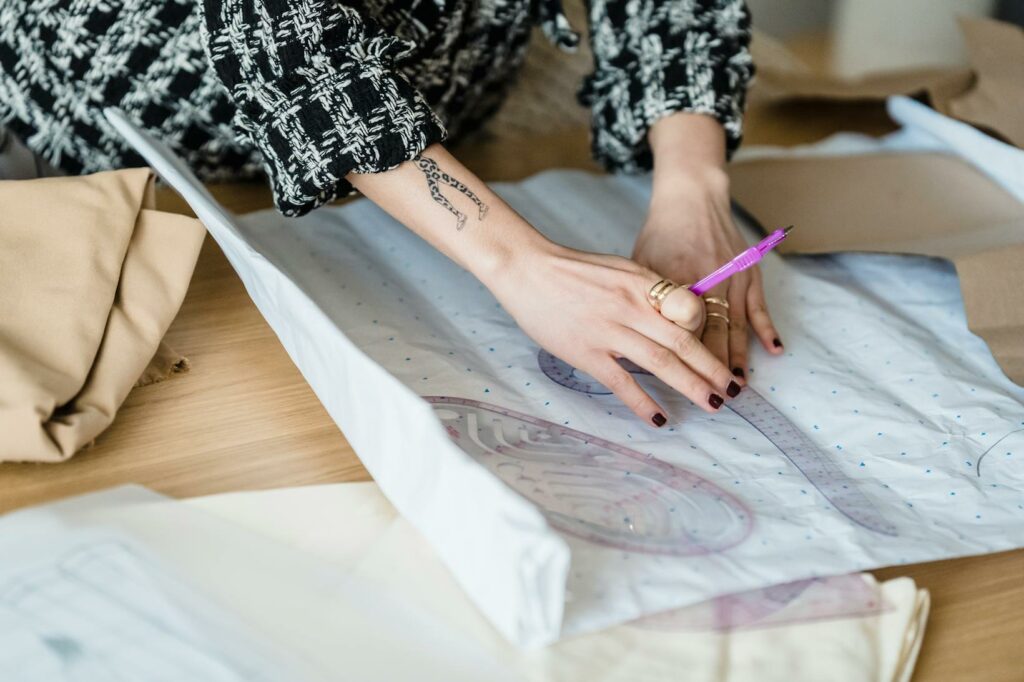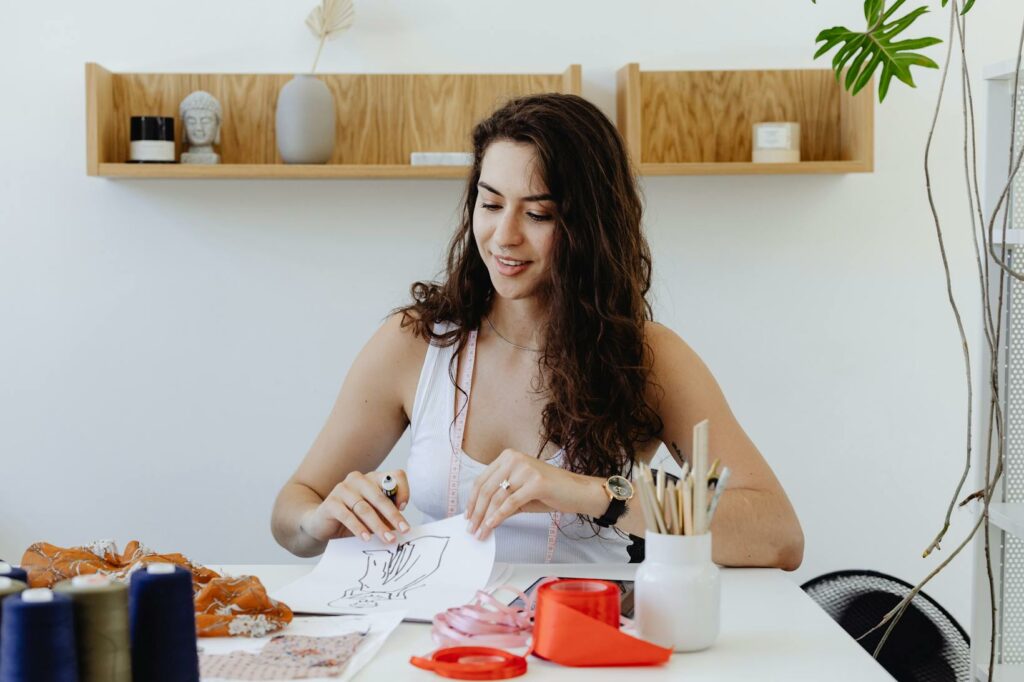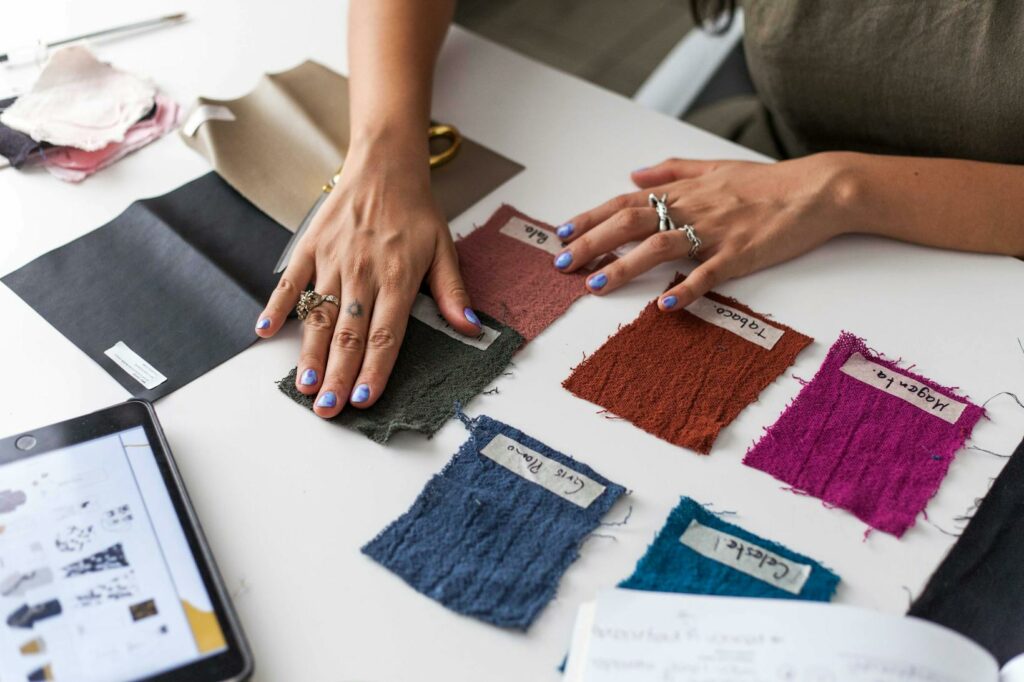Fashion design drawing is the creative heartbeat of the fashion industry. It’s the initial spark that brings a designer’s vision to life on paper before it hits the runway. From quick sketches to detailed illustrations, these drawings serve as the blueprint for the next big trend.
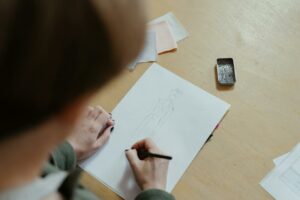 In this article, we delve into the world of fashion design drawing, exploring the techniques, tools, and tips that aspiring designers need to master. Whether it’s capturing the flow of fabric or the intricate details of embellishments, these sketches are the foundation of every iconic fashion piece.
In this article, we delve into the world of fashion design drawing, exploring the techniques, tools, and tips that aspiring designers need to master. Whether it’s capturing the flow of fabric or the intricate details of embellishments, these sketches are the foundation of every iconic fashion piece.
So, grab your pencils and let’s unlock the secrets behind creating captivating fashion illustrations.
Fashion Design Drawing
Fashion design drawing plays a pivotal role in the fashion industry, acting as the creative cornerstone for designers. These drawings materialize a designer’s vision, serving as the fundamental blueprint for upcoming fashion trends.
Exploring Its Role in the Fashion Industry
Fashion design drawing is the initial step in transforming a designer’s concept into a tangible creation. It acts as a visual language that communicates style, silhouette, and detailing to all involved in the design process. From sketching initial ideas to presenting collections, fashion design drawing guides the entire creative journey in the fashion realm.
Benefits for Designers
Mastering fashion design drawing empowers designers to express their creativity effectively. It enables them to visualize intricate details, experiment with different styles, and refine their design aesthetic. Additionally, proficient drawing skills streamline the design process, allowing designers to efficiently communicate their ideas and bring their fashion visions to life.
Essential Tools for Fashion Design Drawing
When it comes to fashion design drawing, having the right tools is crucial for bringing creative visions to life. Here are some essential tools that every fashion designer should consider:
Choosing the Right Drawing Materials
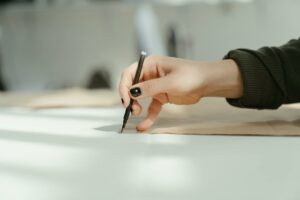
Fashion designers rely on various drawing materials to sketch their ideas effectively. Pencils are a fundamental tool, with varying lead softness for different effects. Fine-tip pens are ideal for outlining and adding details, while markers bring vibrancy to sketches.
Additionally, colored pencils and watercolors allow for experimenting with colors and textures. It’s essential to choose quality materials to ensure precise and long-lasting drawings.
Digital Tools and Software
In today’s digital age, many fashion designers incorporate digital tools and software into their design process. Graphic tablets offer a natural drawing experience on a digital platform, allowing for precise detailing and easy editing. Software like Adobe Illustrator and Photoshop are industry favorites for creating digital sketches, refining designs, and experimenting with patterns and colors. These digital tools not only streamline the design process but also offer endless possibilities for innovation in fashion design drawing.
Techniques and Tips for Effective Fashion Design Drawings
Mastering Proportions and Silhouettes
Developing a keen eye for proportions and silhouettes is crucial in fashion design drawing. Designers should focus on accurately depicting the proportions of the human figure to create well-balanced and realistic designs. By mastering silhouette variations, such as A-line, hourglass, or cocoon shapes, designers can convey different moods and styles effectively. Understanding how proportions and silhouettes work together allows designers to showcase their unique design aesthetic in their drawings.
Creating Textures and Patterns
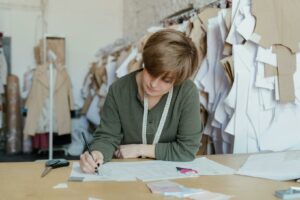 Incorporating textures and patterns brings depth and visual interest to fashion design drawings. Designers can use various techniques like hatching, stippling, or shading to simulate different textures such as silk, leather, or denim. Experimenting with patterns like stripes, florals, or geometric prints adds dynamism to the designs.
Incorporating textures and patterns brings depth and visual interest to fashion design drawings. Designers can use various techniques like hatching, stippling, or shading to simulate different textures such as silk, leather, or denim. Experimenting with patterns like stripes, florals, or geometric prints adds dynamism to the designs.
By mastering the art of creating textures and patterns, designers can elevate their sketches and effectively communicate the look and feel of the garments they envision.
A Crucial Tool
Fashion design drawing serves as a crucial tool for designers to bring their creative visions to life and stay ahead of trends. Mastering drawing skills is essential for effective communication and design development. Understanding current trends in fashion illustration is key to staying relevant in the industry.
Following influential fashion illustrators can provide valuable insights and inspiration. Embracing modern techniques such as digital art, animation, and 3D rendering can revolutionize traditional drawing methods. Stay informed, stay creative, and keep evolving with the ever-changing landscape of fashion design drawing.

